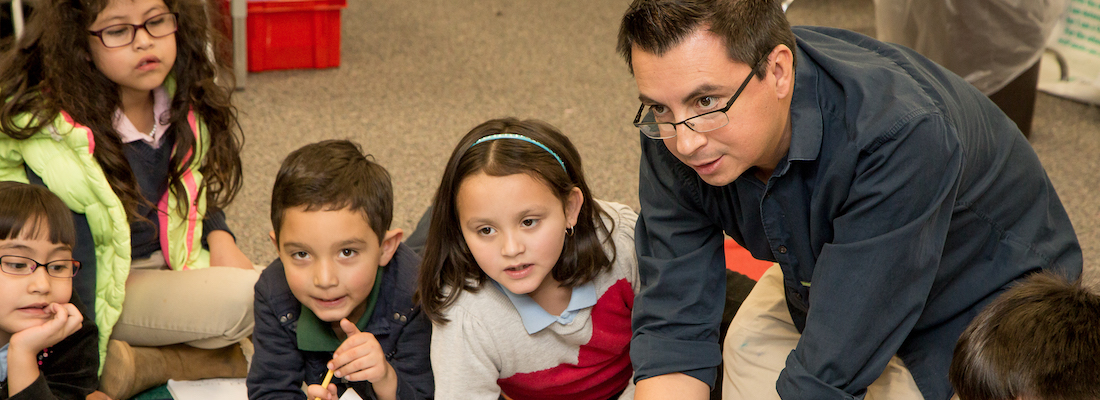Health and Safety – COVID 19

Prioritizing Health and Safety
Handwashing
Students will participate in observed hand washing/sanitizing at regular intervals. Schools will have supplies of hand sanitizer and soap to allow for frequent hand-washing and classrooms and school facilities will be disinfected regularly.
Personal Protective Equipment (PPE)
DPS has purchased masks, face shields, thermometers, gloves, hand sanitizer, and disinfectant spray to help maintain a safe environment and prepare for the return to school. Schools have been provided Personal Protective Equipment (PPE) based on the number of students enrolled, the number of teaching stations within the building, and other details. PPE has been delivered to all schools, and we will continue to monitor it throughout the year to ensure schools have what they need to maintain a safe environment.
What to Do After Testing Possitive
| COVID-19 Reminder: What to Do After Testing Positive |
 DPS students and staff who test positive for COVID-19 must isolate for five days. Day Zero is defined as the day symptoms begin or the day of the positive test. Isolation may end on Day Five if: Symptoms have ended or symptoms are improving. Individuals are fever-free for 24 hours without using fever-reducing medications. After the five-day isolation has ended and individuals are feeling better, they should wear a high-quality mask — such as a KN95 or N95 — through Day 10. If symptoms are not improving and the fever persists past Day Five, isolating until Day 10 is recommended. Please review these additional resources: DPS students and staff who test positive for COVID-19 must isolate for five days. Day Zero is defined as the day symptoms begin or the day of the positive test. Isolation may end on Day Five if: Symptoms have ended or symptoms are improving. Individuals are fever-free for 24 hours without using fever-reducing medications. After the five-day isolation has ended and individuals are feeling better, they should wear a high-quality mask — such as a KN95 or N95 — through Day 10. If symptoms are not improving and the fever persists past Day Five, isolating until Day 10 is recommended. Please review these additional resources:CDC COVID-19 Exposure Protocol How Sick Is Too Sick Guidance |
Can I go to School Today?
Parents and guardians can use these symptom checklists to determine when to keep their child at home based on the level of COVID-19 transmission in their community (e.g. Is the community in Protect Your Neighbor or Safer at Home or Stay at Home). School staff can also use this tool to determine if they need to stay at home. Any student or staff diagnosed with COVID-19 or who is in close contact with a COVID-19 case should not go to school and should isolate or quarantine according to public health recommendations.
These lists refer only to new symptoms or a change in usual symptoms. A student/ staff should not be kept home for the usual symptoms they experience due to a chronic condition unless they are worse than usual. These guidelines are in addition to your regular school guidance (for example, a child with vomiting should also not attend school based on usual school guidance).
If your child is/ you are experiencing any potentially life-threatening symptoms please call 911.
Low Community Transmission (Protect Your Neighbors)
If any of the following symptoms are present, keep the child at home/ stay at home, inform the school of symptoms, and reach out to a health care provider about COVID-19 testing and the next steps for treatment.
- Feeling feverish, having chills, or temperature 100.4°F or higher
- New or unexplained persistent cough
- Shortness of breath
- Difficulty breathing
- Loss of taste or smell
Sustained Community Transmission (Safer at Home or Stay at Home)
If any of the following symptoms are present, keep the child at home/ stay at home, inform the school of symptoms, and reach out to a health care provider about COVID-19 testing and next steps for treatment.
- Feeling feverish, having chills, or temperature 100.4°F or higher
- New or unexplained persistent cough
- Shortness of breath
- Difficulty breathing
- Loss of taste or smell
- Fatigue
- Muscle aches
- Headache
- Sore throat
- Nausea or vomiting
- Diarrhea
- Runny nose or congestion